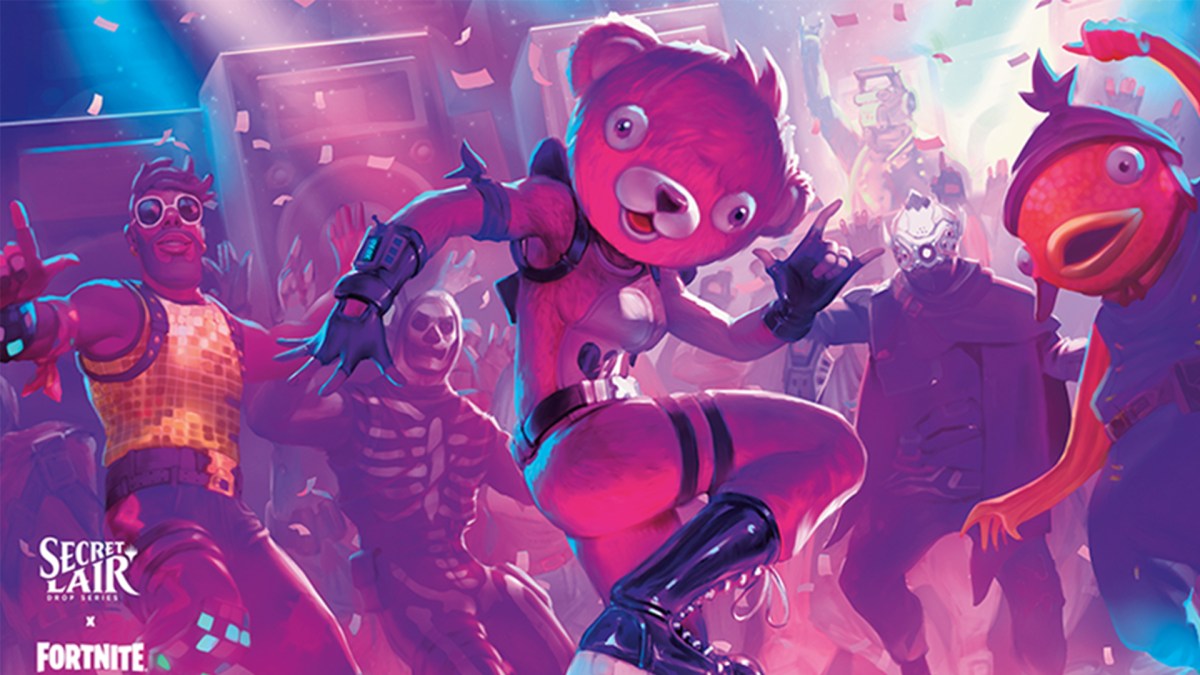Wizards of the Coast has released more information about the mechanics featured in Magic: The Gathering‘s latest set, Ikoria: Lair of Behemoths. Just from the name, players probably expect huge things from this new set. For example, Godzilla may visit Ikoria for some Kaiju action. Additionally, an old favorite makes a return to the game, along with some powerful new mechanics to compliment the behemoth-sized cards. Let’s go over all of them now.
Cycling
One of Magic‘s most popular mechanics, cycling, is making its way back to the game. The preview card that Wizards is releasing is Drannith Stinger, a common card that cycles for just one mana. Cycling was first seen in Urza’s Saga and was more recently in the Modern Horizons set.

Cycling cards is a powerful ability, particularly late in the game. Discarding something you don’t want (sorry, Drannith Stinger) for a chance to dig for something better is a fantastic feeling. The best part of this new run of cycling cards is they appear to do more than just draw cards. Drannith Stinger damages your opponent for 1 when you cycle other cards, which is strictly more value for your mana.
Wizards does point out that some cards will have extra bonuses tacked onto their cycling ability. These extra abilities will resolve before players draw cards from their cycling. Depending on the power of some of these effects, we could see a lot more of them in Standard once Ikorai releases.
Counters become a keyword in Ikoria
While counters have been a term in Magic since the game first released, Wizards of the Coast plans to treat them a little differently moving forward. We’ll still have +1/+1 counters, but now the mechanic will expand to also give creatures abilities.

Fully Grown gives a creature +3/+3 until end of turn and then permanently gives it a trample token. This new keyword even comes with punch-out tokens so players can keep track. While we’ve only seen one card give trample, the punch-out sheet has counters for deathtouch, flying, reach, and more.

Fun fact: if there is a way to give an ability counter to a noncreature permanent, and then it becomes a creature, it will have that ability now!
Mutate
Mutate is so complicated that Magic released a whole video detailing it. That’s great, because this mechanic has a lot going on with it.
For Magic players who were around in the original Theros block, mutate feels very similar to bestow. As a player casts a creature with mutate, they choose whether they want to pay the cost for the creature spell or the mutate ability. If they choose to mutate, they must have a non-human creature already on the battlefield for it to resolve. Then it gets a little tricky.

Let’s use Cloudpiercer and Mosscoat Goriak as examples to walk through this mechanic. Players will choose to place the card they are mutating either on top of the target or under it. If Cloudpiercer is on top, the new card will be a Cloudpiercer with the vigilance ability from Mosscoat Goriak. Cloudpiercer will retain its power and toughness, only taking the card text of the bottom card.

If Cloudpiercer is on the bottom, the new card will be a Mosscoat Goriak with Reach and a triggered ability. For the most part, the creature with the better power and toughness stats should be on top, as the new creature gains all the abilities either way. Keep in mind, though, that the creature type and color of the new, mutated card depend on the top creature.
Some creatures have abilities that trigger when they mutate. These abilities trigger every time they mutate, not just the first time.
Another key feature to mutating is that the target of a mutation is not entering or leaving the battlefield, nor is it changing zones in any way. If a creature is tapped and mutates, it remains tapped afterward. Similarly, if there are any enchantments or equipment attached to the target, they all remain attached.
The best part of mutate is that if the target of the ability is removed from play, the card still resolves, just as a creature now. Mutate spells can be countered too, and if this happens, they go to the graveyard.
Companion
The last mechanic for Ikoria is companion, and with it comes a new legendary creature to show off. The companion mechanic is only printed on ten new legendary creatures in the set. Each card with a companion ability changes how players will build their deck. They must each be in a player’s sideboard, too, and players only get one companion per game.

Keruga, the Macrosage places a restriction on the lowest mana cost a card can have in a deck. If declared as a companion, players cannot have cards in their deck with converted mana costs of one or two. This does not apply to cards in the sideboard, however. It’s just what is found in the main deck.
A companion can be cast straight from the sideboard, but only once per game. If they resolve, awesome! Players now have a cool hippo dinosaur buddy. If it doesn’t resolve or is killed or exiled during the game, it follows whatever normal rules a Magic card would.
Creatures with companion feel awfully like commander cards, which is great because companions play nicely with the format. Despite not having a sideboard, a player can still have a companion. To use them, though, the commander deck must abide by whatever rules are set by the companion creature.
That wraps up all the new mechanics found in Ikoria: Lair of Behemoths! As spoiler season starts to ramp up, make sure to follow Daily Esports for all your Magic: The Gathering news. Also, leave a comment below on what you’re looking forward to most in Ikoria. I know all the new dinosaur cards will make a lot of players happy.








Published: Apr 2, 2020 02:55 pm